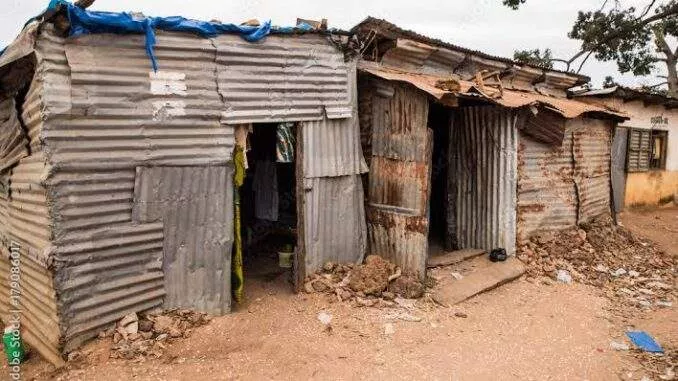
The World Bank has stated that the number of people living in poverty in the Sub-Saharan Africa region nearly doubled between 1990 and now.
In its latest edition of the Poverty, Prosperity and Planet Report titled "Pathways Out of the Polycrisis", the global lender noted that the pace of reduction in poverty in the SSA region is the slowest in the world compared to other regional groups.
According to the report, the number of poor people in Sub-Saharan Africa increased significantly from around 282 million in 1990 to 464 million in 2024.
Furthermore, the report noted that the increase in extreme poverty across the region in question was caused by fragility, conflict and inflation. The SSA region has been riddled with religious extremism and internal political conflicts and is home to terrorist groups such as Boko Haram, Al Qaeda and ISIS affiliates.
The region also bears one of the worst impacts of climate change with rising temperatures and flash floods destroying households and livelihoods, especially in the agriculture sector.
The Bretton Woods Institution in the report further stated that up to 42% of the total number of people living in extreme poverty in the world reside in Sub-Saharan Africa from just 25% at the dawn of the 21st century.
What the report says
"Although the extreme poverty rate in Sub-Saharan Africa has fallen over the past three decades, it did so at much slower rates than in other regions, and the number of people living in extreme poverty in the region has come fairly close to doubling-rising from 282 million in 1990 to 464 million in 2024."
"The share of extreme poor in FCS in Sub-Saharan Africa then grew starkly in the late 2010s, driven by countries with large poor populations becoming fragile (for example, Niger or Nigeria). By 2024, the share of the extreme poor in Sub-Saharan Africa or FCS had increased to three-quarters, and 42 percent of the global extreme poor were in FCS in Sub-Saharan Africa."
Ending poverty could take over 100 years
The World Bank stated that it could take over a century to eradicate poverty for nearly half of the global population, noting that the target of ending extreme poverty-defined as living on $2.15 per person per day-by 2030 is no longer achievable.
It explained that eliminating poverty at this threshold, relevant mainly for low-income countries, might take three decades or more.
The Bank revealed that almost 700 million people, representing 8.5% of the global population, currently live on less than $2.15 per day, with 7.3% still expected to be in extreme poverty by 2030.
Additionally, the Bank reported that 44% of the global population now survives on less than $6.85 per day, the poverty line for upper-middle-income countries, and highlighted that population growth has kept the number of people living under this poverty line nearly unchanged since 1990.

















Comments